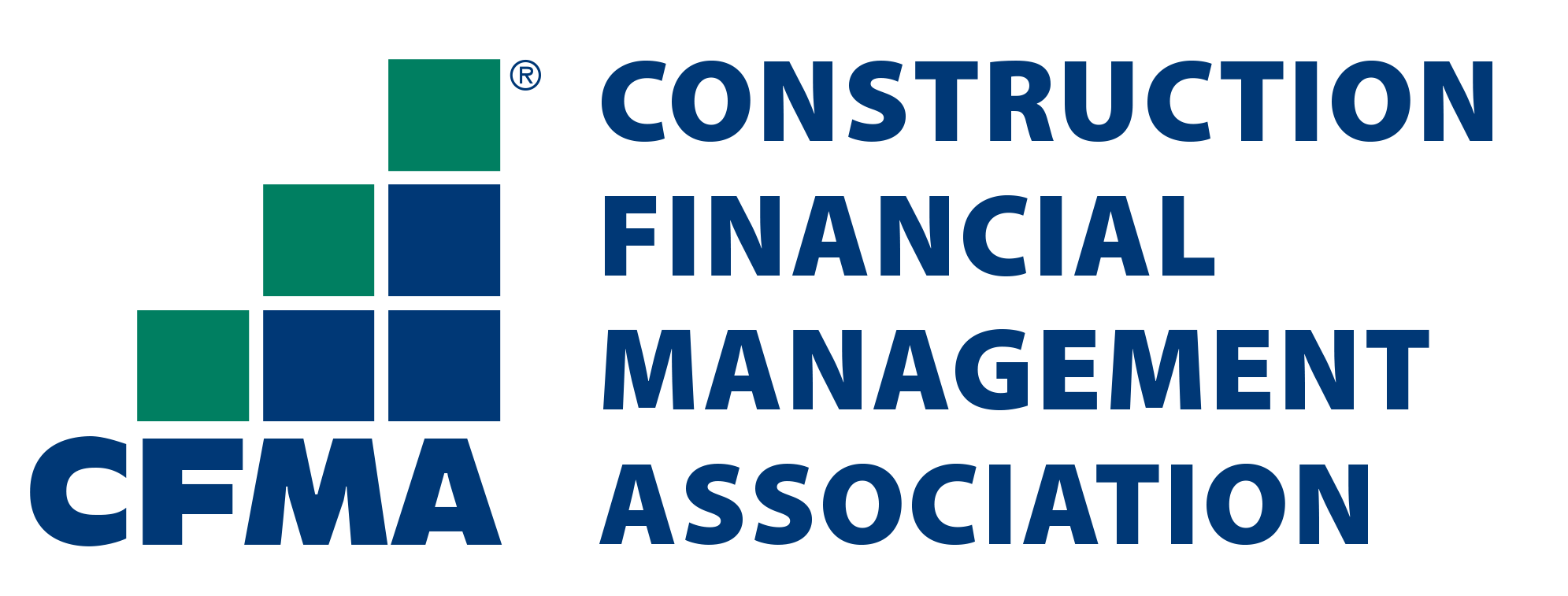
Performance Measurement and Reporting in Real Estate Asset Management
- May 29, 2023
- OHI

Real estate asset management is a complex and multifaceted field that involves the management and optimization of various types of properties. Whether it’s residential, commercial, or industrial real estate, effective asset management is crucial for maximizing returns and ensuring long-term value. In this blog post, we will delve into the importance of performance measurement and reporting in real estate asset management and explore the key metrics and strategies utilized by property asset management companies to enhance their operations and deliver superior results.
Real estate asset management involves the strategic management of properties to achieve the owner’s investment objectives. It encompasses a wide range of responsibilities, including property maintenance, leasing, tenant relations, financial analysis, risk management, and portfolio optimization. Property asset management companies play a vital role in overseeing these activities, ensuring that properties are performing well, and providing their clients with comprehensive reports on the property’s performance.
Performance measurement and reporting are essential components of real estate asset management for several reasons:
To effectively measure the performance of real estate assets, property asset management companies utilize various key metrics. Here are some of the most important ones:
Real estate asset managers employ various strategies to enhance the performance of properties and deliver superior results. Some of these strategies include:
Performance measurement and reporting are vital components of real estate asset management. Property asset management companies rely on key metrics to evaluate investment performance, provide transparency, identify strengths and weaknesses, and manage risks. By employing strategies for performance improvement, asset managers can optimize property performance, deliver superior results to investors, and create long-term value. With a focus on performance measurement and reporting, real estate asset managers can navigate the challenges of the industry, seize opportunities, and ensure the success of their portfolios.
Contact us for a customized NO OBLIGATION proposal for outsourcing your accounting activities.









